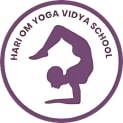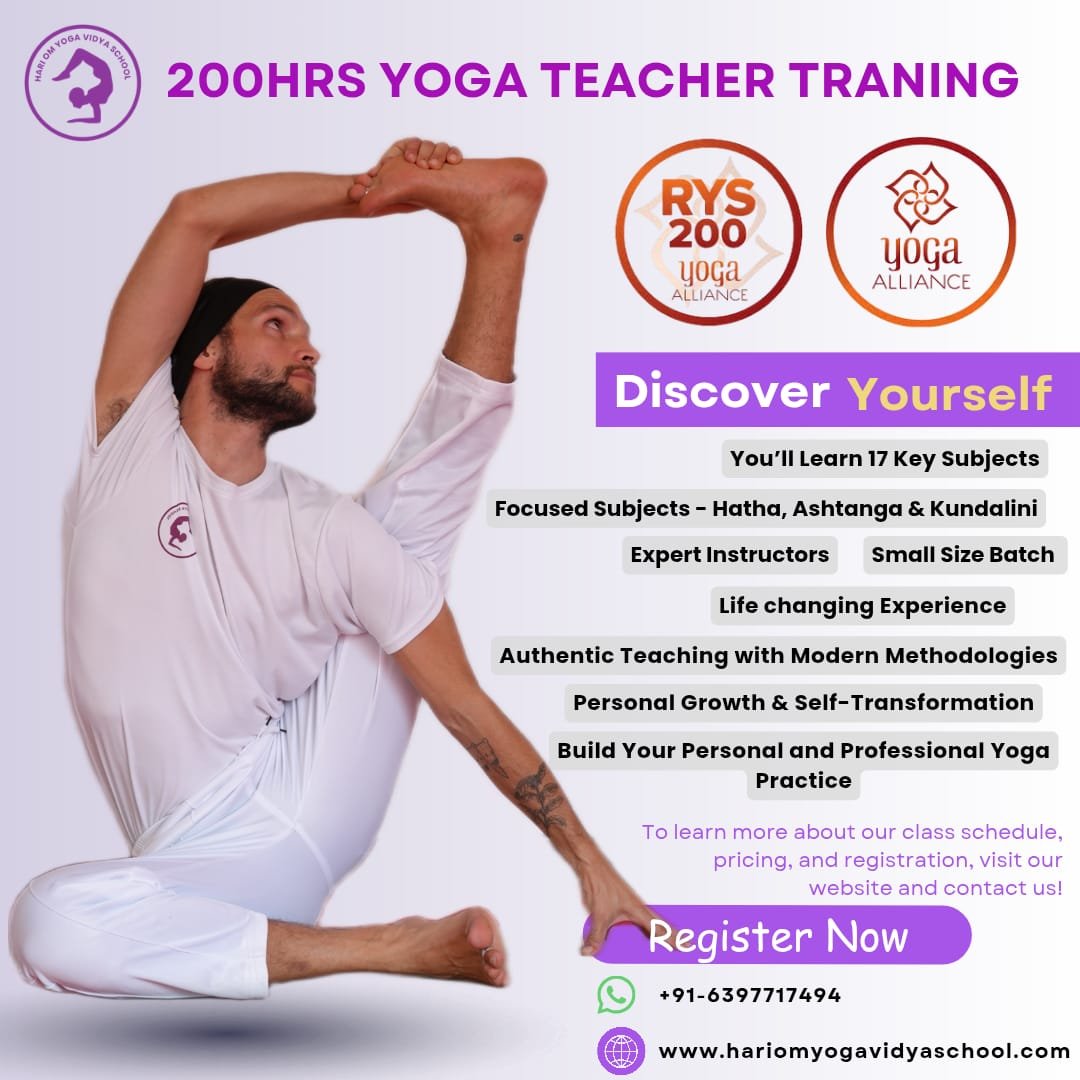Revolving Triangle Pose

What Is Revolving Triangle Pose ?
The Revolving Triangle Pose or the Parivrita Trikonasana is one of the primary series asanas from Ashtanga Yoga. Parivrita Trikonasana is a counter pose to Utthita Trikonasana. The Revolving Triangle Pose mainly stretches the opposite sides of the body, during triangle pose. Revolving Triangle Pose is an excellent asana, that takes cue from Hatha Yoga. It twists the body and also clears the chatter in the mind. On trying out the asana for the very first time, you will face a strong stress between the torso and the hips.
However, there is nothing to be worried about, as you will be only strengthening the hamstrings, calves and the abdominal muscles. You can practice Revolving Triangle Pose after mastering the normal triangle pose or the mountain asana. The name of the asana comes from the Sanskrit verses, where in the name can be understood as follows:
Parivrita means ‘Revolved’
Trikona means ‘Triangle’
Asana means ‘pose’
The asana is different from the normal position, as it gives a twist to the upper body from the hips onwards.
Read More: Why Is Kundalini Yoga Dangerous? The Truth About Its Risks and Rewards
How To Do the Parivrita Trikonasana?

You must try out the asana under the guidance of an experienced trainer. The steps are given below:
- You can do the asana by starting from the standing position on a mat. First, you have to stand in Tadasana. You need to stand with your feet at least 3-4 feet apart.
- Moreover, your feet should be in a straight line.
- Inhale and lift both your arms to the shoulder level. They should be totally spread out and parallel to the floor.
- You have to point your right foot slightly towards the left foot, inwards.
- At the same time, you have to rotate your left foot towards the outside, towards the left hand. Turn your torso as well towards the left foot.
- Exhale and bend forwards towards the left leg that is extended, and twist your body so that the right hand reaches the left foot.
- The left hand will stretch towards the ceiling in this case. This movement will create a deep tension in your torso. You will also experience a deep twist in the right hamstrings.
- Turn your gaze towards the raised left hand, which is pointing towards the ceiling.
- This is the final position that you have to attain. You have to hold this position, for at least a minute.
- You have to inhale and exhale deeply, while you are holding the pose.
- Once, you are ready to come out of the pose, relax the body, by lowering the raised arm and bring the lowered arm back to its parallel position. Then you have to straighten the bent torso and come back to your original position.
- Repeat the same thing on the opposite side.
What are the Modifications and Variations of Parivrita Trikonasana?
Modifications Of Parivrita Trikonasana
- You can use a chair to stretch the calves. The legs act as the props, when you twist your body in the opposite direction, while trying to touch the opposite feet with your hands.
- If you are unable to touch the feet or the ground, on either side, then you can place a block right before the feet, on which you can rest the palm.
- You can also abstain from bending fully, and just touch the seat of the chair, or take support from it.
- If you are a beginner, you can do this asana, by taking support from a wall. Lean towards the wall, while doing it.
Variations Of Parivrita Trikonasana
You can also practice a few variations, if you are just starting out.
If you have neck pain, then you can keep looking at the floor, instead of the ceiling or your raised hands. Tuck your chin inside your collar bone, to keep the neck in line with the spine.
If you have bulging discs in your spine, or a sacroiliac joint, you should not do it.
You have to take regular breaths, when you are doing this pose, and you have to exhale when you twist the body. Your Drishti should be towards the hands or Hastagrai Drishti.
Safety Precautions Decoded
- Revolving Triangle Pose is a very complex pose, which can challenge your balancing abilities. It also requires a lot of flexibility in the hamstrings, hips, shoulders, neck, and the spine.
- You should master the normal Trikonasana, before you attempt revolving triangle pose.
- You can place blocks on either side of your foot, for added support.
- If you can do the twist, without compromising the health of your spine, do this asana or pose, otherwise do not.
- Practice Parsvottanasana, and then attempt revolving triangle pose.
- You should practice this asana under the guidance of a yoga expert.
Who Can Do This Asana and Who Cannot?
You can do the asana, if your back, shoulders, and hamstrings are flexible. Otherwise, you should note the contraindications before practicing it.
- If you have any sort of spinal or back injury, you should refrain from doing this asana.
- If you have sort of issue like migraine, vertigo or headache, then you should not do the asana, as it can worsen the situation.
- If you are pregnant, you should not practice this asana.
- If you suffer from diseases like insomnia, diarrhoea, or have high blood pressure, then you cannot practice this asana.
Read More: Everything You Need to Know About Kundalini Yoga Teacher Training
Benefits of Revolving Triangle Pose or Parivrita Trikonasana
This asana has a lot of benefits on the body, and you should read about them here.
- The twist of the upper body or the torso has a lot of beneficial effects on the body. It builds the core area and strengthens the abdominal muscles.
- The asana strengthens the hamstrings, legs, hips, and the spine.
- Your overall health and the reproductive system will also improve.
- If you lead a sedentary lifestyle, which is the cause of your back pain, you should practice this asana.
- It also improves digestion due to the twisting motion of the body. It stimulates the digestive system to secrete more digestive juices.
- If you are suffering from obesity, you should practice this asana.
- The regular practice of this asana makes the lungs strong.
- It is also one of the best Chakra opening poses. Thus, it leads to the free flow of energy.
Deepen Your Yoga Practice with Hari Om Yoga Vidya School
Located in the heart of Rishikesh, Hari Om Yoga Vidya School is a place where ancient yogic wisdom meets modern teaching techniques. As a top yoga school in Rishikesh, we are committed to providing authentic, immersive yoga education in a peaceful, spiritual setting. Recognized as one of the best yoga schools in Rishikesh, we offer structured training programs designed to help you evolve in your practice, whether you are a beginner or an experienced yogi.
If you’re searching for a yoga school in Rishikesh that focuses on holistic learning, experienced teachers, and a supportive community, look no further!
Explore Our Yoga Teacher Training & Retreats
At Hari Om Yoga Vidya School, we offer a range of courses tailored for different levels of practitioners:
✅ 100-Hour Yoga Teacher Training in Rishikesh – A foundational course for those looking to begin their yoga journey.
✅ 200-Hour Yoga Teacher Training in Rishikesh – An internationally recognized certification for aspiring yoga teachers.
✅ 300-Hour Yoga Teacher Training in Rishikesh – Advanced training to deepen your practice and refine your teaching skills.
✅ 7-Day Yoga Retreat in Rishikesh – A rejuvenating escape into yoga, meditation, and self-discovery.
✅ 10-Day Yoga Retreats in Rishikesh – A transformative experience that blends yoga, relaxation, and Himalayan serenity.
Join us for a life-changing experience and become part of our global yoga family! 🌿✨




